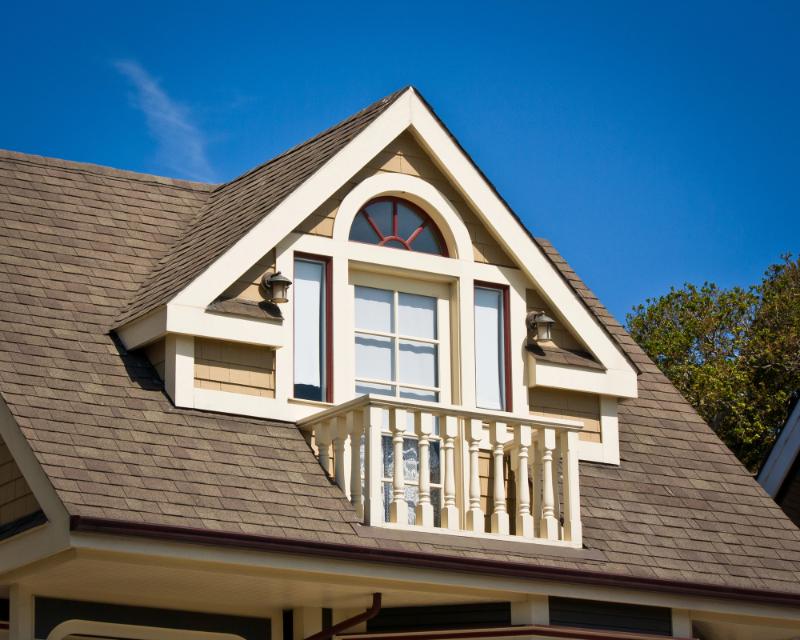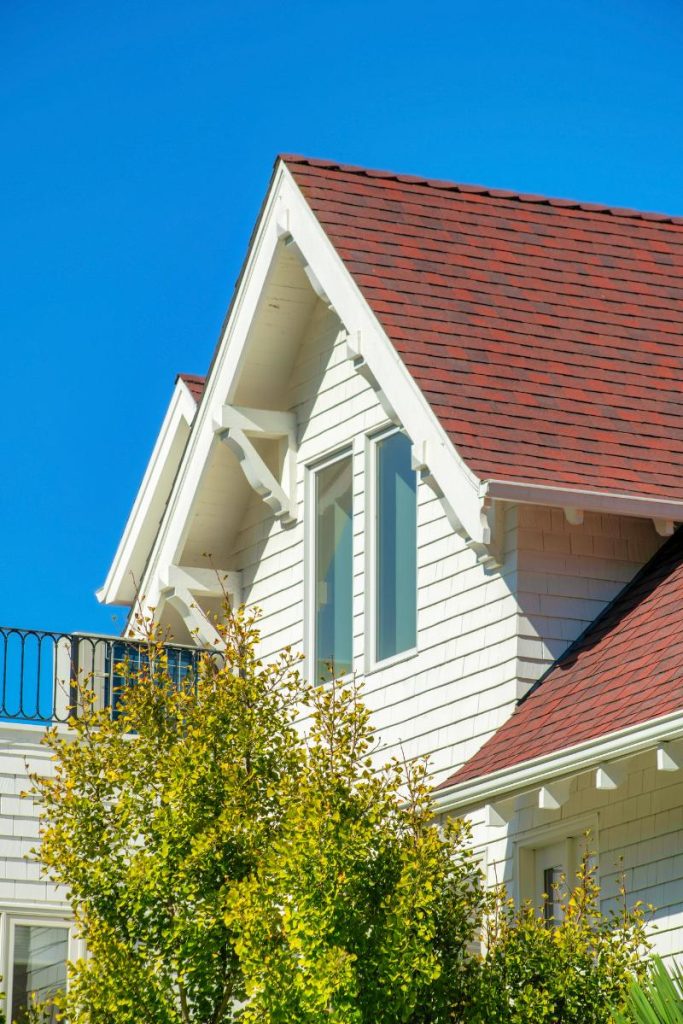Your roof plays a vital role in protecting your home from the elements. Among the various types of roofing materials available, shingled roofs are a popular choice due to their durability and affordability. However, like any other component of your home, shingled roofs also have a lifespan and may eventually require replacement. In this blog post, we’ll explore seven signs that indicate your shingled roof needs to be replaced.

Age of the Roof
Age is one of the most straightforward indicators that your shingled roof may need replacement. Typically, shingled roofs have a lifespan of 20 to 30 years, depending on the quality of materials used and the climate. If your roof is nearing or has surpassed this age range, it’s essential to closely monitor its condition for signs of deterioration. Hiring quality roofing services for a thorough inspection can help assess the extent of wear and tear and determine if replacement is necessary. Signs such as curling or buckling shingles, missing or damaged shingles, granule loss, water stains or leaks, sagging or uneven rooflines, and increased energy bills can all point toward the need for a new roof. Addressing these issues promptly can prevent further damage to your home and ensure long-term protection.
Curling or Buckling Shingles
Inspecting the shingles themselves can provide valuable insights into the health of your roof. Curling or buckling shingles are common signs of aging and weathering. Over time, exposure to sunlight, moisture, and temperature fluctuations can cause shingles to curl up at the edges or buckle in the middle. This can compromise the roof’s ability to shed water effectively and may lead to leaks or water damage inside your home.
Missing or Damaged Shingles
The presence of missing or damaged shingles is another red flag that your shingled roof needs attention. Factors such as high winds, heavy rain, and hailstorms can all contribute to shingles becoming dislodged or broken over time. When shingles are missing or damaged, they expose the underlying layers of the roof to potential water infiltration.
This exposure can lead to moisture seeping into your home, causing water damage, mold growth, and structural issues. Moreover, the compromised integrity of the shingles can accelerate the deterioration of the entire roofing system, affecting its ability to effectively protect your home. Therefore, it’s crucial to address missing or damaged shingles promptly by hiring professional roofing services. A thorough inspection and timely repairs or replacement of affected shingles can prevent further damage and prolong the lifespan of your roof.
Granule Loss
Shingles are coated with granules that help protect them from UV rays and enhance their fire resistance. Over time, these granules can wear off due to exposure to the elements or foot traffic during roof inspections or maintenance. If you notice an accumulation of granules in your gutters or downspouts, it’s a sign that your shingles are losing their protective coating and may need to be replaced soon.
Water Stains or Leaks
Water stains on your ceiling or walls are clear indicators of a roofing problem that requires immediate attention. While the source of the leak may not always be directly above the visible water stains, a thorough inspection of your roof can help identify the underlying issue. Leaks can occur due to damaged or deteriorated shingles, worn flashing around roof penetrations, or compromised underlayment.
Sagging or Uneven Roof
A sagging or uneven roofline is a serious sign of structural issues that require prompt action. This could indicate underlying damage to the roof decking, rafters, or supports caused by water damage, age, or improper installation. Ignoring a sagging roof can lead to further structural damage and costly repairs down the line. If you notice any visible dips or sags in your roof, it’s crucial to have it inspected by a professional roofer.
High Energy Bills
Surprisingly, your roof’s condition can also impact your home’s energy efficiency. If your heating and cooling bills have been steadily increasing, it could be a sign that your roof is no longer providing adequate insulation. Damaged or deteriorated shingles can allow heat to escape in winter and hot air to penetrate in summer, forcing your HVAC system to work harder and driving up energy costs.

Your shingled roof is a critical component of your home’s structural integrity and protection. Being aware of the signs that indicate it may need replacement can save you from costly repairs and prevent potential damage to your property. If you’ve noticed any of the seven signs discussed in this post, it’s advisable to consult with a reputable roofing contractor for a thorough inspection and professional guidance on the best course of action. Investing in a new shingled roof when needed will not only enhance the aesthetics of your home but also provide peace of mind knowing that your property is well-protected for years to come.
